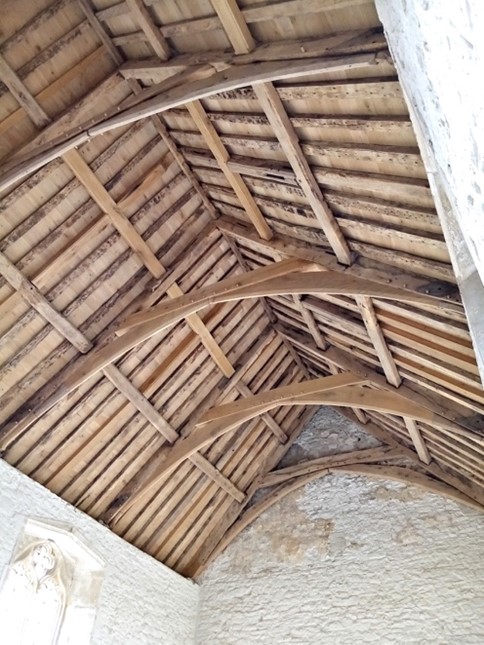Transforming a historic building, particularly a listed building, can present a range of challenges. One of the most important decisions when embarking on a project is the overall strategic approach.
There is a common misconception that Listed Buildings cannot be altered. In reality, it is precisely through change that many historic buildings have survived—adapting over time to stay relevant and functional for successive generations. The need for thoughtful change remains just as important today as it was in the past and should be embraced. The key challenge lies in ensuring that any changes are made sensitively and appropriately, respecting the building’s heritage while allowing it to serve contemporary needs.
There are many pitfalls to successfully repairing and converting a historic or listed building and an architect with old building experience is essential. Not all architects have the specialist knowledge and skills, so getting the right advice at an early stage
is advisable.
Restoration is often cited as a natural starting point when working with historic buildings. However, the concept of ‘restoration’—returning something to a previous state—requires careful reflection. What exactly was that earlier state? Are your
assumptions about it accurate? Have later alterations become historically significant and therefore should be retained? Does the wear, tear, and patina tell a story that adds to the building’s character and value? In well-researched cases, true
restoration may be appropriate, but it can just as easily erase the very essence you’re aiming to preserve—much like giving Granny plastic surgery to recapture her youth.
Conservation by contrast is seen as preserving the building for current and future generations without unnecessary damage or loss of significant historic fabric. On a small scale this may mean replacing a rotten section of sash window frame to regain
structural and weathering integrity. Yet on a broader scale it may require deciphering the history and significance of different elements of the building to justify their removal or adaption to accommodate new functions and ensure the building remains viable and sustainable for 21st century uses.
Whilst many architects specialise in either conservation or new build design, the skills of both disciplines are often required to make the most of any historic building conversion project – and a strategic approach to new work also needs careful consideration.
Creating new work that closely replicates the original design is often seen as respectful and sympathetic to the historic structure. But is this truly the best approach? Historically, each generation has responded to its own needs and
aspirations, incorporating contemporary building techniques and architectural styles. These evolving layers have added richness and complexity to the built environment over time. Shouldn’t our generation continue that tradition? By designing new additions that reflect early 21st-century concerns—such as sustainability—we not only contribute to the ongoing historical narrative but also ensure that our architecture speaks meaningfully to the present as well as the past.
Establishing the best approach demands both knowledge and experience. A well- considered, comprehensive strategy is essential — not only to realise the building’s full potential, but also to demonstrate to Planning Authorities and, where relevant, Historic England, that the proposed changes provide positive heritage benefits that clearly outweigh any perceived harm.
Corbel Architects brings over 30 years of experience in the repair and adaptation of Grade I, II, and II* listed buildings. We take pride understanding each client’s unique requirements while carefully considering the historical significance and challenges of
the building. Our approach combines knowledgeable analysis with creative solutions to deliver a sensitive, strategic approach tailored to maximise the potential of each project.
If you’re planning a heritage project, we’d love to hear from you.
What is the Best Strategy to Transform Historic and Listed Buildings?
